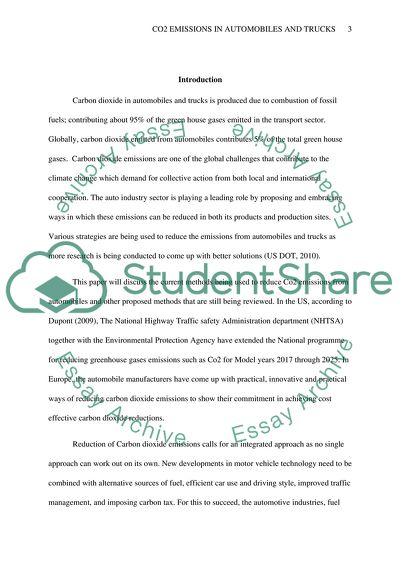Cite this document
(Reducing CO2 Emissions from Automobiles and Trucks Term Paper - 1, n.d.)
Reducing CO2 Emissions from Automobiles and Trucks Term Paper - 1. https://studentshare.org/environmental-studies/1785792-reducing-co2-emissions-from-automobiles-and-trucks
Reducing CO2 Emissions from Automobiles and Trucks Term Paper - 1. https://studentshare.org/environmental-studies/1785792-reducing-co2-emissions-from-automobiles-and-trucks
(Reducing CO2 Emissions from Automobiles and Trucks Term Paper - 1)
Reducing CO2 Emissions from Automobiles and Trucks Term Paper - 1. https://studentshare.org/environmental-studies/1785792-reducing-co2-emissions-from-automobiles-and-trucks.
Reducing CO2 Emissions from Automobiles and Trucks Term Paper - 1. https://studentshare.org/environmental-studies/1785792-reducing-co2-emissions-from-automobiles-and-trucks.
“Reducing CO2 Emissions from Automobiles and Trucks Term Paper - 1”. https://studentshare.org/environmental-studies/1785792-reducing-co2-emissions-from-automobiles-and-trucks.


